blue beech tree facts
Can tolerate full shade and full sun with ample moisture. This tree has distinct flares on the trunk and branches that resemble muscle definition.
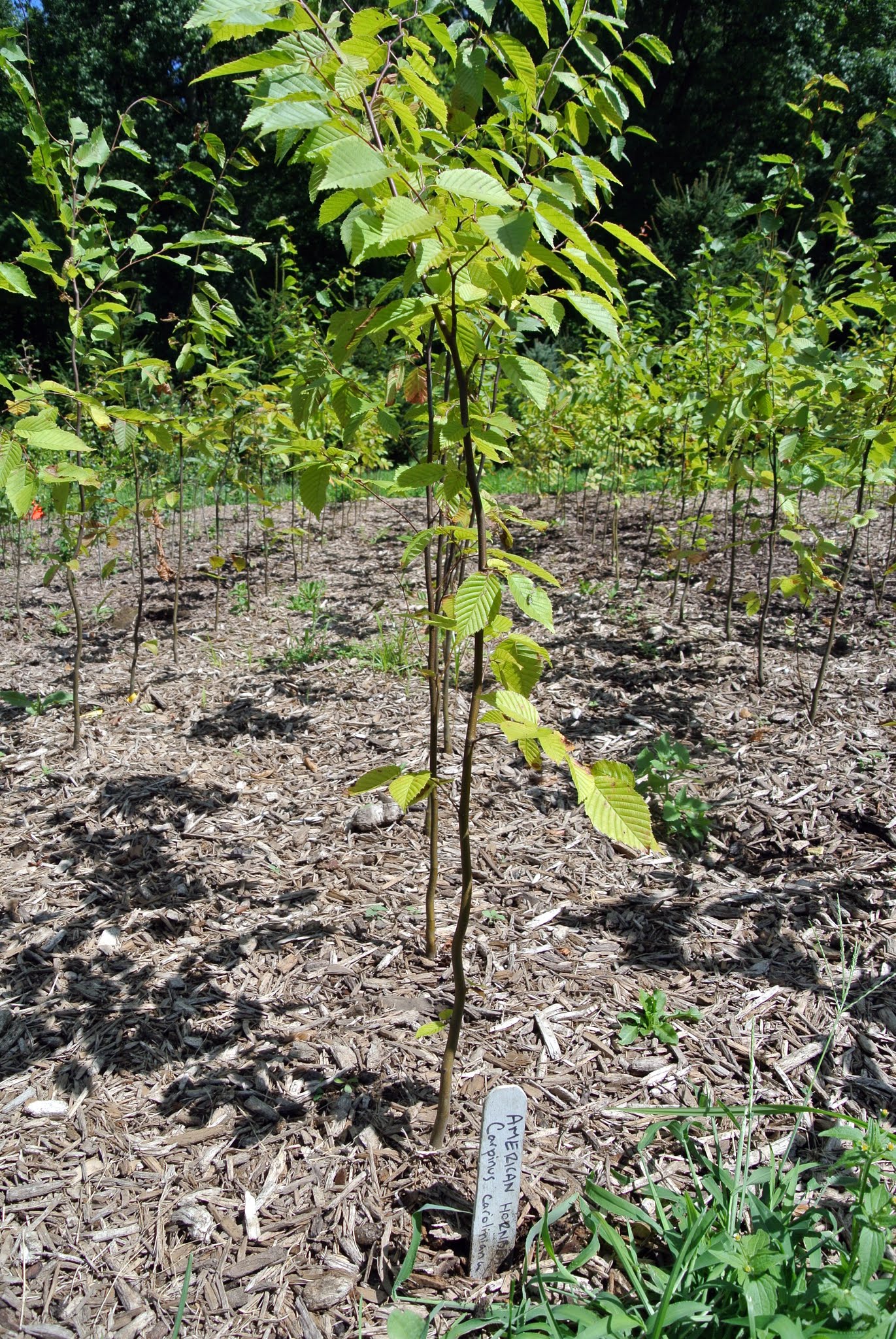
Pruning The Hornbeams At The Farm The Martha Stewart Blog
It is an understory tree that rarely grows much higher than 20 feet in the wild and often grows in clumps of several trunks.
. Size range Medium tree 25-40 feet Large tree more than 40 feet Mature height 40-60 feet. Commercial use of hornbeam wood is not practicable however due to the limited amount of wood per tree. The blue beech also known as musclewood and American hornbeam is a small shrubby tree with one or more trunks.
The blue beech tree has several unique features which are mentioned below. It is a small tree 20 to 40 feet tall with a trunk diameter of up to two feet. Leaves drop in fall.
The Blue Beech does well in shady moist areas and can make up a large part of the understory in some forests partially due to the unpalatable. Due to its resemblance to beech trees the tree also goes by the name blue beech. Up to 8 m tall.
Blue-beech blue beech musclewood Leaf Type. 20 to 25 feet wide and 20 to 35 feet tall. It can be found in the eastern parts of the USA.
Other common names for the tree include musclewood or ironwood due to the strength of its wood. Prefers moist and can tolerate seasonal flooding. While distributed throughout much of Minnesotas eastern deciduous forests Blue Beech is by no means frequently encountered or perhaps more so not readily recognized.
Featuring smooth steel-gray bark beech trees are deciduous ornamental and timber trees that are native to subtropical and temperate climates in the Northern Hemisphere. It features a spreading canopy capable of blocking sunlight and adds visual interest and beauty to landscaping. Magnificent as solitary specimen trees beeches Fagus spp are large deciduous plants admired for their shape and foliage.
American hornbeam also known as blue beech is a broadleaf tree that belongs to the birch family. Prefers rich well-drained soils. Part shade to full shade.
Bluish-gray bark with fluted appearance of wood. Also known as Buna or Siebolds beech this tree has a widely variable growth rate and has been known to exceed 200 feet. The leaves are elliptical in shape and have doubly serrated margins.
The tree is perhaps best known for its smooth and sinewy steel-gray bark and the muscle-like look of its maturing trunk and larger branches thus one of its common names. Blue Beech is a beautiful ornamental tree with enticing features. Carpinus caroliniana the American hornbeam is a small hardwood tree in the genus Carpinus.
The Fagus subgenus has one sturdy trunk that sports grayish bark. Light exposure Full sun 6 hrs direct light daily Partial sun shade 4-6 hrs light daily Full shade 4 hrs or less of light daily. The veins in the leaves are straight and nearly parallel.
Blue beech is also referred to as American hornbeam or musclewood. American hornbeam is also known as blue-beech ironwood musclewood and muscle beech. American hornbeam also known as musclewood or blue beech is a small slow-growing understory tree native to hardwood forests of the eastern US and Canada.
A slow growing small to medium-sized forest tree to 30 feet tall and a trunk 4 to 8 in diameter with a broad dense flat-topped crown and a smooth blue-gray fluted trunk that gives it a muscular appearance. Mature width 30-40 feet. Blue Beech also commonly known as American Hornbeam is a very small tree but the extremely dense and hardy wood is so strong and difficult to crack that early pioneers used it to make bowls and plates.
A blue beech tree is short typically averaging around 20 to 35 feet and has a spread of similar size. American hornbeam grows on well-drained fertile acidic soil in areas that provide enough sun such as deciduous forests and areas near the streams. Tree or plant type Tree.
Blue Beech - Carpinus caroliniana. The foliage transforms throughout the season offering a kaleidoscope of color. The crown is rounded and the trunk is often short and crooked.
Has an oval to rounded form. It is native to eastern North America from Minnesota and southern Ontario east to Maine and south to eastern Texas and northern Florida. The tallest blue beech tree was recorded to be 75 feet tall with 216 inches in diameter at the breast.
American hornbeam belongs to the Betulaceae birch family and is known by several names including blue beech muscular beech water beech muscletree musclewood and ironwood. It also has the name water beech because it often grows next to rivers and streams. The bark is bluish-gray thin fairly smooth and heavily fluted.
It is found in north-facing bluffs rich woods at bases of bluffs rocky slopes along streams ravine bottoms low wooded valleys and moist woodlands. Blue beech is widespread throughout Illinois in. The beech tree will grow to be a large tree however the growth is slow.
The American hornbeam has bluish-gray bark. When it comes to variety the European beech Fagus sylvatica comprises many forms and selections of heightened beauty and ornamental value for gardens. A understory species of moist lowland forests it is a small-statured tree whose crown is easily lost in the lower canopy and its tendency for multiple stems even small colonies from root suckers can give it a shrub.
The connection to muscle refers to the trees distinctive fluted trunk and branches which resemble muscular tissue. Dark green in summer and change to colorful tones of orange red and yellow in. Fact checked by Kidadl Team.
In the landscape this beech casts very dense shade that can make it. Some exceptions have been noted to this observation. European beech is best grown in USDA Hardiness Zones 5 through 7.
Once all the foliage has dropped grooved blue-grey bark becomes striking on a winter landscape. 20 to 35 feet. 1 Pollinated by wind beech trees are related to oaks and have allergenic pollen that is rarely.
It is also a frequent specimen in bonsai gardening. 20 to 35 feet. New leaves emerge reddish-purple transforming to dark green and then turn striking shades of yellow orange and red in fall.
This tree is considered both a shade tree and an ornamental tree. Published on Jan 11 2022. Foliage Deciduous seasonally loses leaves Native locale Non-native.
American hornbeam blue beech musclewood ironwood water beech. They can grow 80 feet in height and their branches can be over 40 feet long in span. The extremely hard wood of this tree will as the common name suggests take a horn-like polish and was once used by early Americans to make bowls tool handles and ox yokes.
Beech tree Allergen Facts Symptoms and Treatment.

Beech Tree Scientific Name S Fagus Grandifolia Abundance Uncommon What Nuts Inner Bark Young Leaves How Nuts Raw Roast Beech Tree Beech Plant Leaves
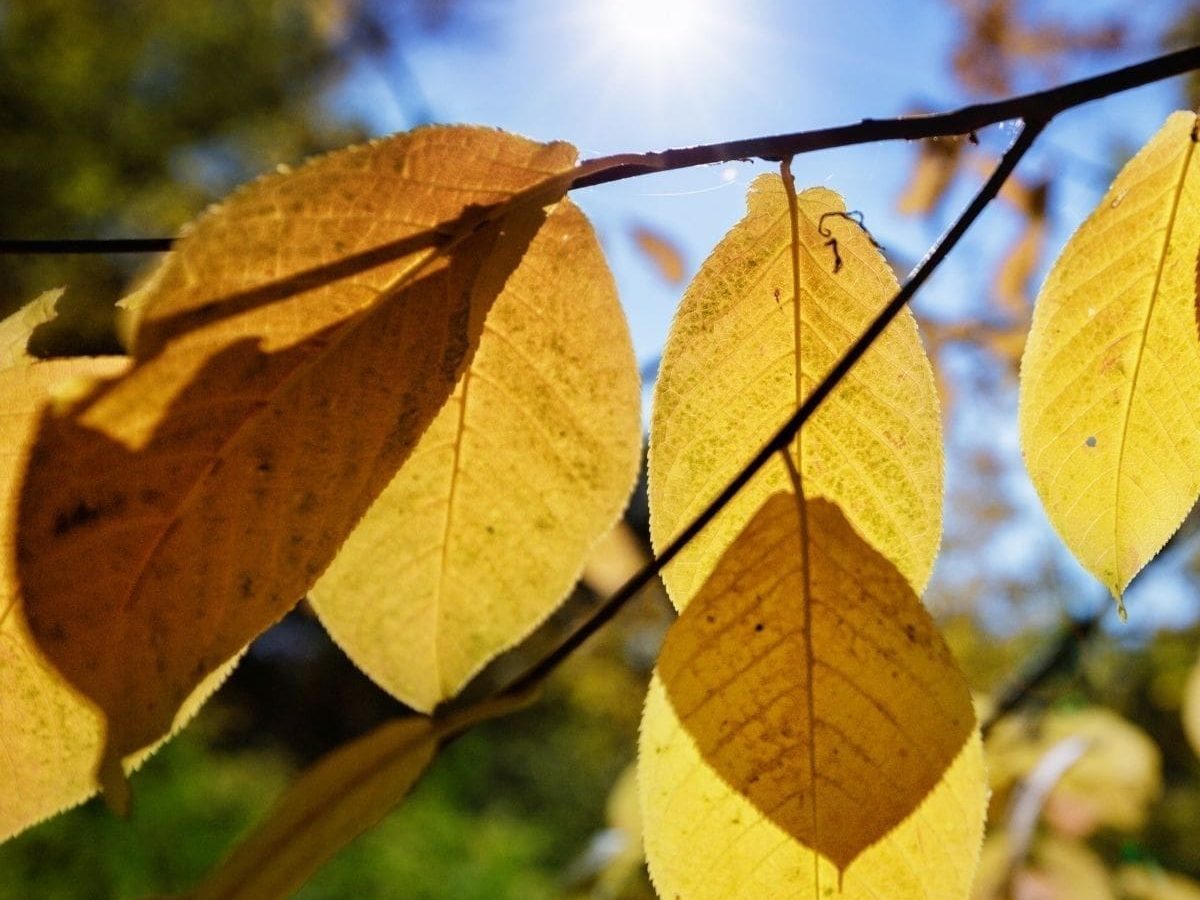
Why Are Tree Leaves Yellowing And Falling Off In August Rayzor S Edge Tree Service
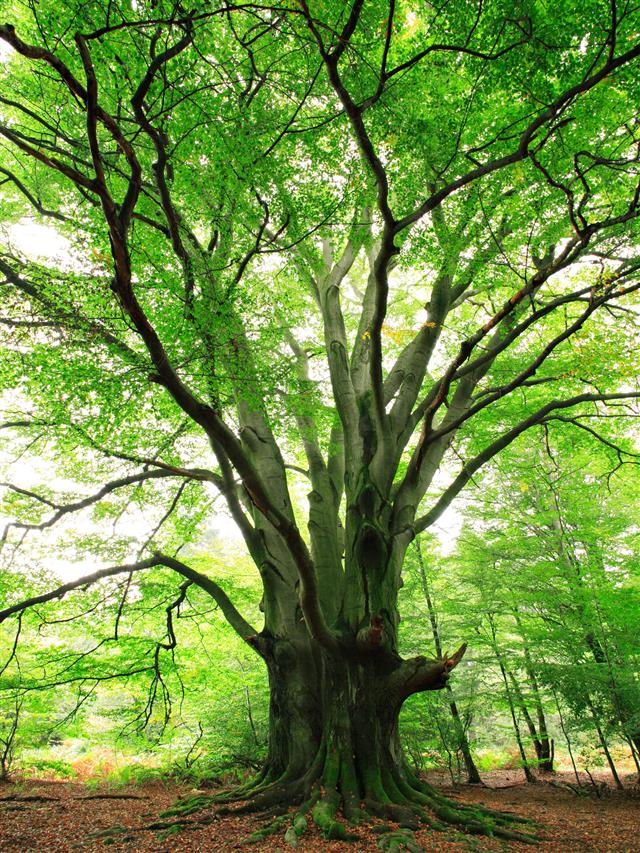
Beech Tree Identification Gardenerdy
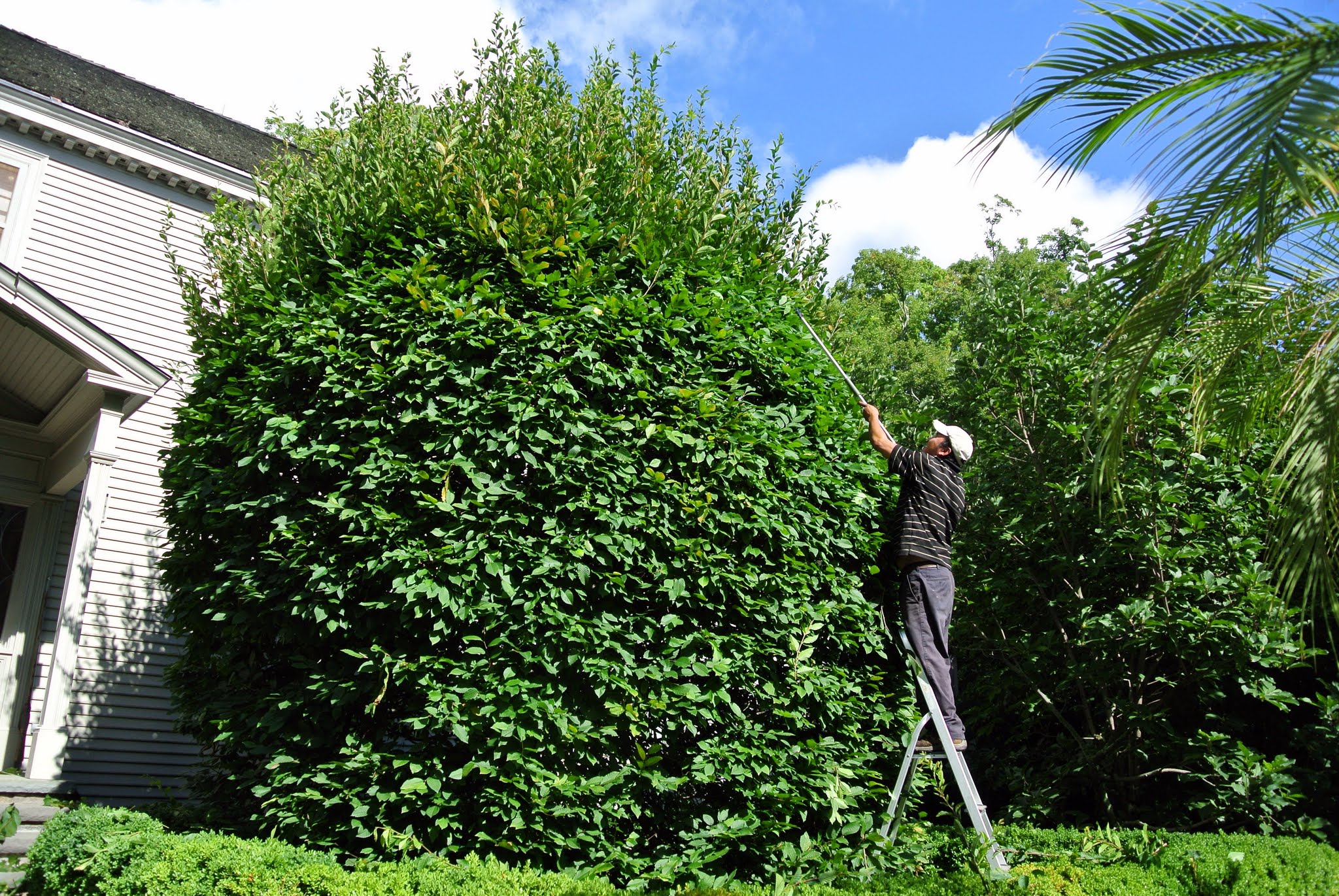
Pruning The Hornbeams At The Farm The Martha Stewart Blog
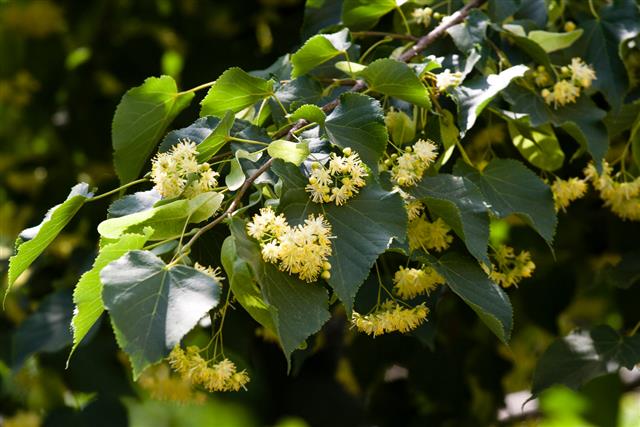
Beech Tree Identification Gardenerdy

Faggio Trees To Plant Plant Leaves Rose Leaves

The 5 Beech Tree Species In New Zealand New Zealand Nature Guy
Plant A Blue Beech Tree For The New Year Tallahassee Com Community Blogs
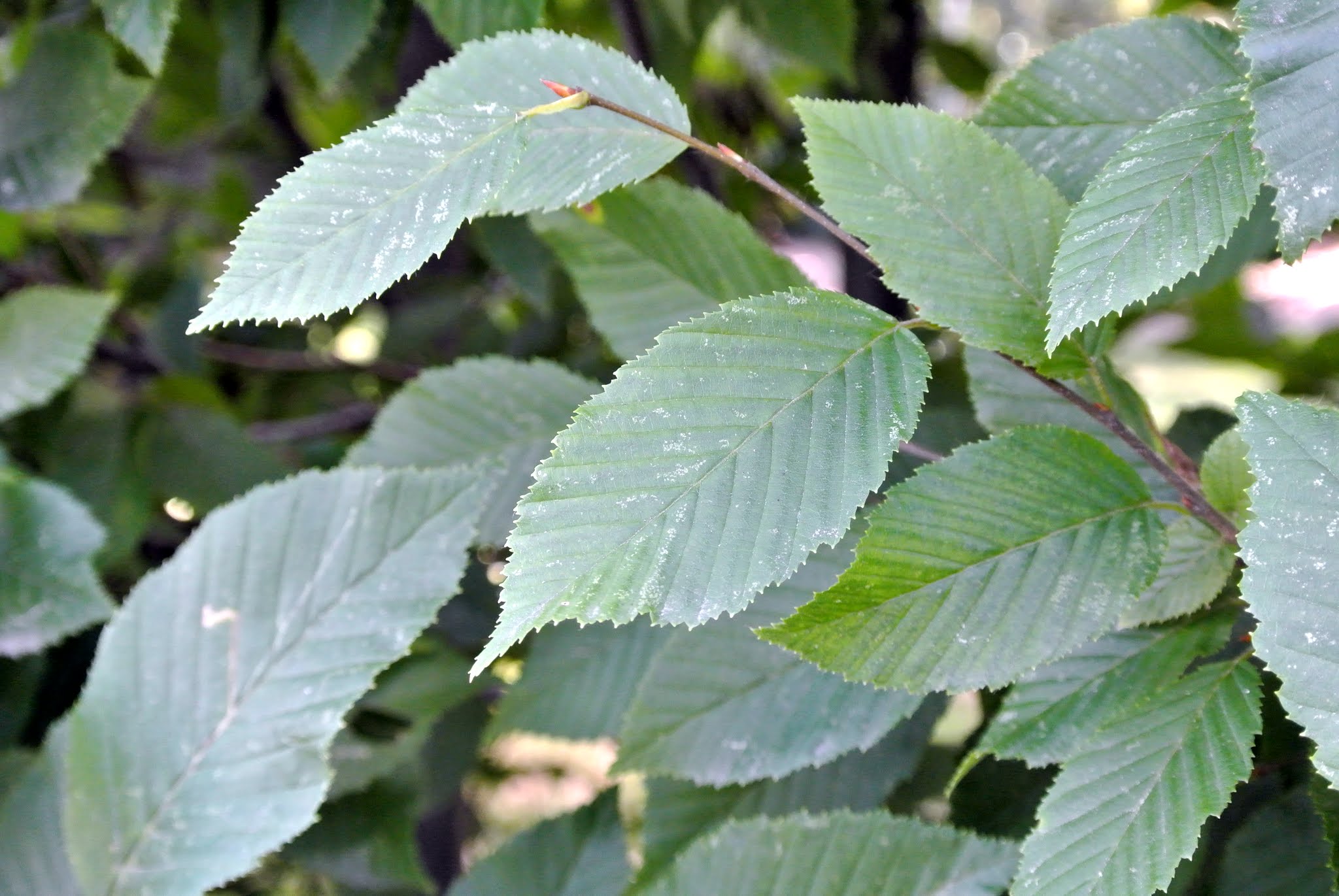
Pruning The Hornbeams At The Farm The Martha Stewart Blog

American Hornbeam Aka Musclewood Or Blue Beech Plant Leaves Leaves Plants

Department Of Botany Plant Leaves Plants Vegetation
Plant A Blue Beech Tree For The New Year Tallahassee Com Community Blogs
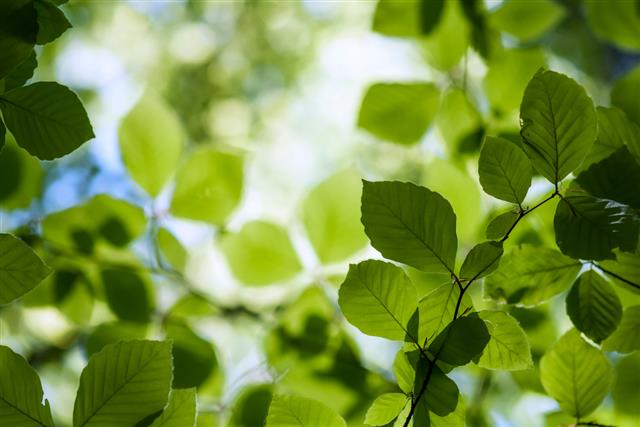
Beech Tree Identification Gardenerdy

A Winter Woodland Tree Extension Master Gardener Volunteers Of Durham County

American Hornbeam Or Carpinus Caroliniana Tree 1 Tree 3d Model In 2021 Deciduous Trees Tree 3d Model
Plant A Blue Beech Tree For The New Year Tallahassee Com Community Blogs

American Hornbeam Aka Musclewood Or Blue Beech Bark Growing Vegetables Plant Identification Beech Tree
Plant A Blue Beech Tree For The New Year Tallahassee Com Community Blogs

Pin By Ruth On To Die To Sleep What Is Tree Trees To Plant Tree